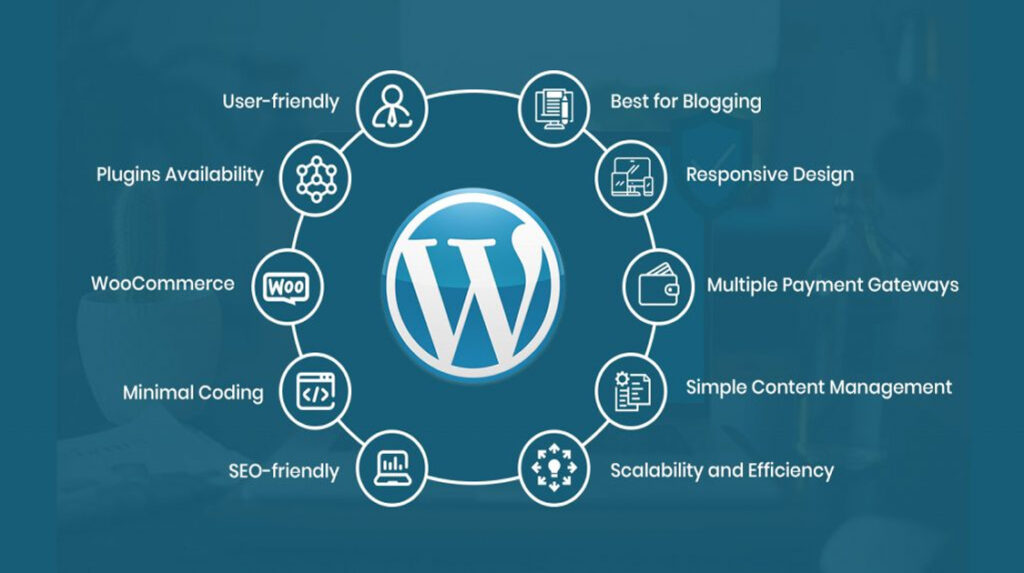
WordPress is a popular content management system (CMS) that allows you to create and manage websites easily. It provides a user-friendly interface, a wide range of themes and plugins, and extensive customization options.
Here’s an overview of WordPress development:
- Installation and Setup: Start by installing WordPress on your web hosting server. Many hosting providers offer one-click WordPress installation. Follow the setup instructions to configure your website’s title, admin credentials, and other basic settings.
- Theme Selection: Choose a WordPress theme that suits your website’s purpose, design preferences, and functionality requirements. WordPress offers both free and premium themes. You can customize the theme’s appearance and layout to match your brand and design preferences.
- Customization: Customize the selected theme to match your specific requirements. WordPress provides a visual editor and customizer that allow you to modify the theme’s colors, typography, layout, and other elements without coding. For advanced customizations, you can edit the theme’s files directly or create a child theme to maintain future updates.
- Content Creation: Start creating and publishing your website’s content. WordPress offers a user-friendly editor that allows you to create and format text, add images and media, and organize content into categories and tags. You can create pages for static content (e.g., About Us, Contact) and blog posts for dynamic content.
- Plugin Integration: Extend the functionality of your WordPress website by integrating plugins. WordPress has a vast plugin directory that offers various features and functionalities, such as contact forms, e-commerce, SEO optimization, security, analytics, social media integration, and more. Choose and install plugins that align with your website’s requirements.
- Custom Plugin and Theme Development: If the available plugins and themes don’t meet your specific needs, you can develop custom plugins or themes. WordPress follows a modular architecture that allows you to create custom functionalities by writing PHP code and utilizing WordPress APIs. Custom development might require programming skills or the assistance of a developer.
- Search Engine Optimization (SEO): Optimize your WordPress website for search engines to improve its visibility and organic traffic. Utilize SEO plugins, such as Yoast SEO or All in One SEO Pack, to manage meta tags, sitemaps, and other SEO elements. Additionally, focus on creating high-quality, keyword-rich content and optimizing site speed and mobile responsiveness.
- Security and Maintenance: Ensure the security and stability of your WordPress website by keeping it up to date. Regularly update WordPress core, themes, and plugins to benefit from bug fixes, security patches, and new features. Implement security measures, such as strong passwords, regular backups, and security plugins, to protect your website from vulnerabilities.
- Performance Optimization: Optimize your WordPress website’s performance to ensure fast loading times. Use caching plugins, optimize images, minify CSS and JavaScript files, and utilize a content delivery network (CDN) to enhance website speed. This improves user experience, search engine rankings, and overall website performance.
- Ongoing Management: Continuously manage and update your WordPress website. Regularly review and update content, monitor website analytics, engage with user comments, and address any technical issues or security concerns. Stay up to date with WordPress news and updates to leverage new features and improvements.
WordPress offers a versatile and flexible platform for website development, catering to various needs and skill levels. Whether you’re creating a simple blog or a complex e-commerce site, WordPress provides the tools and resources to build and maintain your website effectively.